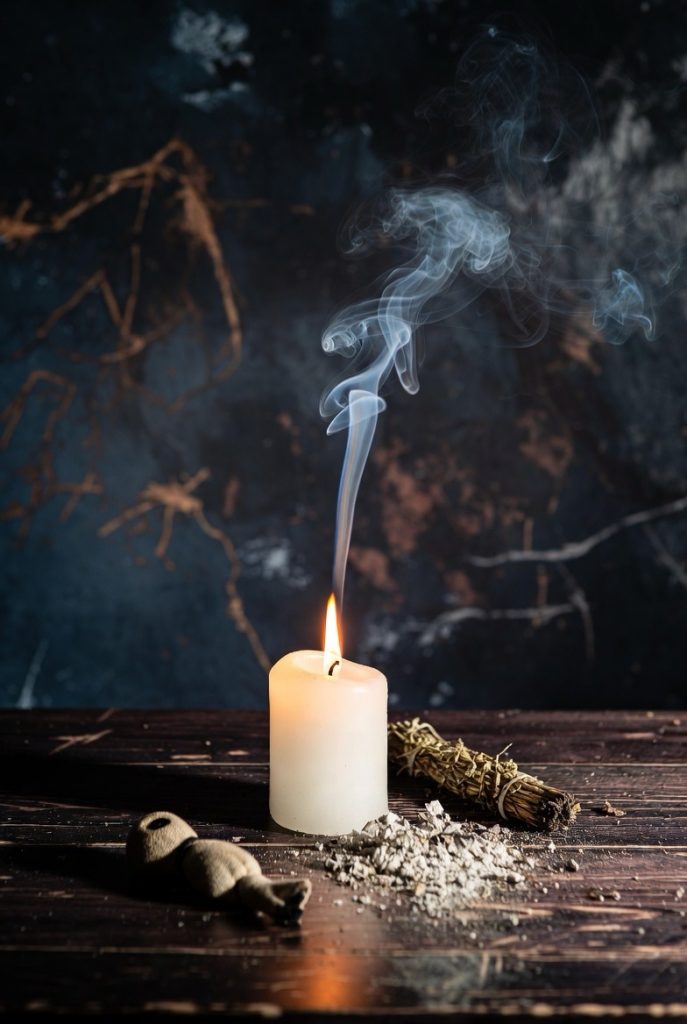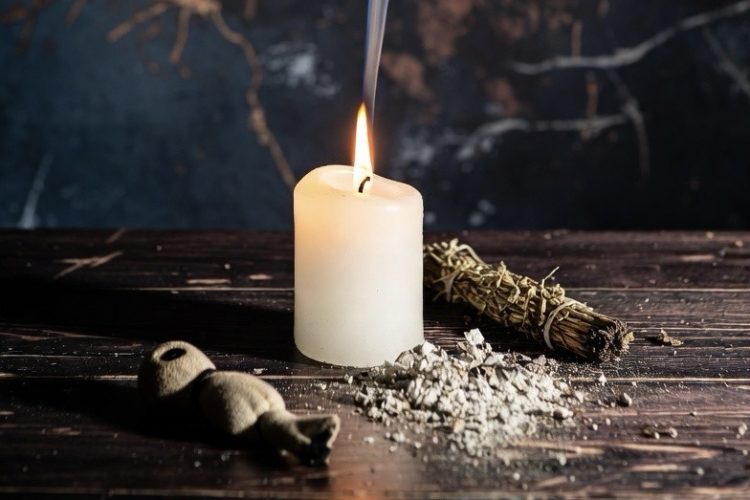Voodoo is not illegal in Louisiana—it’s protected by the First Amendment and state constitution as a legitimate religion. Myths about bans stem from old colonial laws like the 1724 Code Noir and 1817 New Orleans rules limiting gatherings in Congo Square to prevent slave rebellions. Suppression continued under Black Codes and Jim Crow, targeting rituals, priestesses, and practices like gris-gris and animal sacrifice. No law bans Voodoo today; only fraud, health risks, or illegal acts are restricted. Marie Laveau, the famous Voodoo queen, led Saint John’s Eve ceremonies blending African loa with Catholic saints. Modern Voodoo thrives in New Orleans through museums, shops, and tourism, evolving with Haitian Vodou and hoodoo influences. It’s a living cultural heritage, not a crime.
Long Version
Debunking the Myth: Why Voodoo Isn’t Illegal in Louisiana
The question of why Voodoo is illegal in Louisiana often stems from persistent myths and outdated “weird laws” lists that circulate online, portraying the practice as a forbidden relic of the past. In reality, Louisiana Voodoo, also known as New Orleans Voodoo, is not banned as a religion or spiritual tradition. It enjoys protection under the First Amendment of the U.S. Constitution, which safeguards freedom of religion, and Article I, Section 8 of the Louisiana Constitution, which prohibits undue restrictions on religious practices unless they pose a compelling threat to public health or safety. This constitutional shield ensures that core elements of the faith—such as rituals, ceremonies, and ancestor worship—are legally permissible, provided they don’t violate neutral laws applicable to all citizens. However, certain associated activities, like fraud in spiritual consultations or public health violations during ceremonies, can lead to legal issues, fueling misconceptions about outright bans. To understand this fully, we must delve into the colonial history, suppression tactics, key practices, and modern revival of this vibrant cultural heritage rooted in the African diaspora.
Origins and Colonial Roots of Louisiana Voodoo
Louisiana Voodoo emerged from the forced migration of enslaved West Africans during the transatlantic slave trade, blending indigenous African spiritual traditions with elements of Catholicism imposed by colonial powers. This syncretism—merging African loa (spirits or deities) with Catholic saints—allowed practitioners to preserve their beliefs under the guise of Christianity, a survival strategy amid harsh oppression. The religion arrived in Louisiana with enslaved people from regions like Benin and Senegal, where Vodun (the precursor to Haitian Vodou) emphasized harmony with nature, community healing, and reverence for ancestors.
Under French rule, the Code Noir of 1724 mandated Catholicism for slaves while restricting their freedoms, indirectly suppressing African religions by prohibiting gatherings that could foster slave rebellions. This edict, part of broader colonial history, viewed Voodoo rituals as threats, associating them with potential uprisings. Spanish rule from 1763 to 1803 intensified these legal restrictions, enforcing Catholicism and targeting non-Christian faiths as tools of control. After the Louisiana Purchase in 1803, American authorities inherited this framework, influenced by the Napoleonic Code, which formed the basis of Louisiana’s civil law system and perpetuated discriminatory policies. Enslaved Africans adapted, incorporating Catholic altars into their ceremonies and using gris-gris (protective charms or amulets) discreetly to ward off harm. To enhance our understanding of these origins, it’s worth noting that early practitioners often drew from Dahomean and Yoruba traditions, incorporating elements like herbal medicine and divination, which provided not just spiritual solace but also practical resistance against dehumanizing conditions.
Era of Suppression: From Slavery to Jim Crow
The suppression of Voodoo was never an explicit ban on the religion itself but a series of municipal ordinances and vagrancy laws designed to control Black populations. In 1817, New Orleans enacted a municipal ordinance limiting enslaved people’s dances and gatherings to Sundays in designated areas like Congo Square, a historic site where African drumming, chants, and rituals occurred under surveillance. Authorities feared these events could incite slave rebellions, echoing the Haitian Revolution’s Vodou-fueled uprising in 1791, which sent waves of refugees—and their spiritual practices—to Louisiana.
Post-emancipation, Black Codes in the 1860s and Jim Crow laws further marginalized Voodoo, labeling it as “witchcraft” or “devil-worship” to justify segregation and cultural erasure. Arrests for interracial gatherings or “vagrancy” targeted Voodoo ceremonies, with practitioners fined or imprisoned. Women, often priestesses or Voodoo queens, faced additional scrutiny; the tignon law, requiring Creole women of color to wear headscarves, symbolized broader efforts to suppress cultural expressions. By the late 19th century, sensationalized media portrayed Voodoo as barbaric, associating it with zombi (spirits or reanimated beings) and animal sacrifice, which deepened public stigma and legal pressures. Enhancing this historical context, it’s important to recognize that these suppressions were intertwined with economic motives, as Voodoo’s communal gatherings threatened the plantation system’s labor control, leading to ordinances that fragmented communities and eroded oral traditions passed down through generations.
Iconic Figures and Core Practices
No discussion of Louisiana Voodoo is complete without Marie Laveau, the legendary Voodoo queen born in 1801 as a free woman of color in New Orleans. As a devout Catholic and skilled herbalist, she blended syncretism seamlessly, leading rituals on Saint John’s Eve (June 23), a key date for ceremonies honoring loa and ancestors. Laveau’s influence extended to healing, love spells, and community leadership; her use of gris-gris, altars adorned with candles and offerings, and trance-induced communions with spirits made her a symbol of resilience. Hoodoo, a related folk magic system focusing on rootwork and charms, evolved alongside Voodoo, often practiced in secret to evade suppression.
Rituals typically involve drumming, dancing, and invocations to loa, with animal sacrifice (like chickens) symbolizing offerings to spirits—practices that, while culturally significant, must comply with modern animal welfare laws. Ancestor worship honors the dead through altars and feasts, while zombi lore, often misunderstood as undead horror, refers to spiritual possession or soul manipulation in traditional contexts. To provide deeper insight, core practices also include the creation of veves—symbolic drawings made with cornmeal or powder to invoke specific loa—and the use of potions derived from local plants, which served medicinal purposes in an era of limited healthcare access for marginalized groups, blending spirituality with practical survival knowledge.
Contemporary Legal Landscape
Today, claims that Voodoo is illegal in New Orleans city limits are largely myths perpetuated by “weird laws” compilations, which exaggerate outdated ordinances. No enforceable statute bans the religion; instead, neutral laws address potential abuses. For instance, Louisiana prohibits ingesting blood, urine, or fecal matter in rituals due to public health risks, a rule stemming from broader sanitation statutes. Fraudulent practices, such as charging for false promises of cures or wealth, fall under deceit laws, similar to regulations on any spiritual service. Animal sacrifice requires humane methods and permits, aligning with federal and state animal cruelty standards.
Court cases have reinforced Voodoo’s legitimacy; perceptions of it as “insanity” or “unfit parenting” have been challenged, emphasizing its role as a protected religion. As of 2025, no recent legislation has altered this status, with freedom of religion prevailing over historical bans. Enhancing this section, recent legal interpretations have increasingly recognized Voodoo as a legitimate faith in contexts like workplace accommodations and educational settings, where practitioners seek exemptions for ritual observances, further solidifying its protected status amid growing cultural awareness.
Modern Revival and Cultural Significance
In the 20th and 21st centuries, Louisiana Voodoo has experienced a revival, influenced by Haitian Vodou and Santería, drawing a diverse following beyond its African diaspora roots. Tourism has played a pivotal role, with New Orleans shops like Marie Laveau’s House of Voodoo offering gris-gris, altars, and educational tours. Museums, such as the New Orleans Historic Voodoo Museum, preserve artifacts and host ceremonies, transforming stigma into cultural heritage. Festivals on Saint John’s Eve and guided walks in Congo Square celebrate this legacy, attracting visitors while fostering authentic practice.
This resurgence highlights Voodoo’s adaptability, blending ancient rituals with contemporary life. Multi-ethnic communities now embrace it openly, countering past suppression and myths. Yet, challenges remain: sensationalism in media and tourism can dilute sacred elements, underscoring the need for respectful engagement. To add value, the revival has also intersected with modern movements, such as environmentalism, where Voodoo’s emphasis on nature’s spirits aligns with sustainability efforts, and mental health advocacy, viewing rituals as therapeutic tools for community healing in post-disaster recovery, like after hurricanes.
Insights on Resilience and Misconceptions
Ultimately, Voodoo’s “illegality” is a misnomer born from centuries of colonial and racial oppression, from the Code Noir to Jim Crow. Its survival through syncretism, key figures like Marie Laveau, and practices like gris-gris and loa invocations demonstrates profound resilience. As a living religion, it offers valuable insights into healing, community, and spiritual connection, protected by modern legal frameworks. By dispelling myths and embracing its cultural heritage, Louisiana honors this integral part of its identity, ensuring Voodoo thrives beyond the shadows of history. In reflection, this resilience mirrors broader themes in American history, where marginalized spiritualities have evolved into symbols of empowerment, contributing to a richer, more inclusive cultural tapestry.









